

Oliver Trottier and Jessica Feickert (Leigh Marine Laboratory) have been working to understand the biology of the New Zealand pea crab, which is a parasite of green-lipped mussels. Using this ...
READ MORE
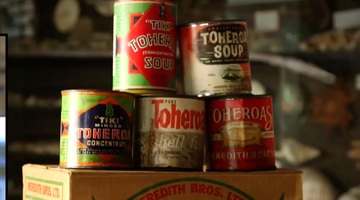
Shellfish numbers have been plentiful for centuries and important kai for Northland Māori, but industrial harvesting and canning had a devastating effect on toheroa numbers. I ngā wā o mua ko te ...
READ MORE
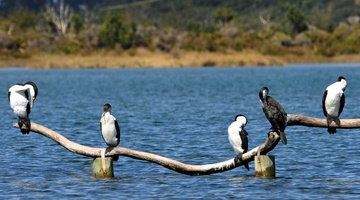
Biodiversity is short for biological diversity. It refers to the number and variety of living things (animals, plants or microorganisms) found within a particular area. There are complex ...
READ MORE
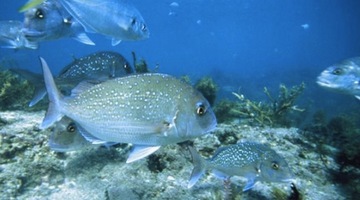
In this activity, students learn about habitats, and why and how animals and plants are best suited to particular habitats. By the end of this activity, students should be able to: define a ...
READ MORE

This activity explores the life cycle of green-lipped mussels and encourages students to research the methods by which they are farmed in New Zealand. It provides the opportunity to use a Venn ...
READ MORE

In this activity, students observe green-lipped mussels to determine the impact of pea crab infestation on their size and weight. Purpose This activity will enable students to identify key ...
READ MORE
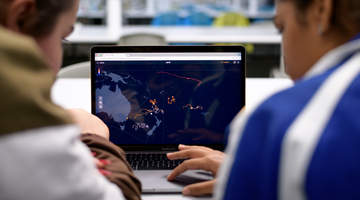
Although invisible to the naked eye, marine microbes drift continually in our ocean systems, quietly consuming up to 50% of the Earth’s CO2 through photosynthesis and producing nearly as much ...
READ MORE
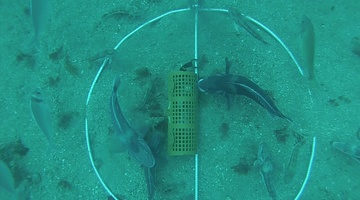
Come and visit Aotearoa New Zealand’s underwater world in this online citizen science project. Discover, count and identify unique fish species that live within our marine reserves ...
READ MORE
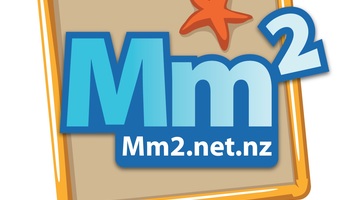
Marine Metre Squared is a New Zealand citizen science project that supports communities to monitor their local seashore. The project has been designed to provide meaningful, valid environmental ...
READ MORE
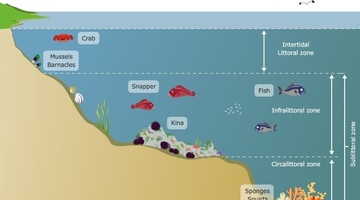
The rocky shore is a popular topic in primary school science. Below are some Science Learning Hub resources for primary teachers related to the rocky shore in the Living World strand of the New ...
READ MORE

To most of us, one earthworm resembles another. Although earthworms do have common characteristics, species differ widely in their size, skin colour and in the roles they play in the soil ...
READ MORE

School science is engaging when it makes connections to students’ everyday lives (Osborne & Collins, 2001) and when they have an opportunity to experience physical phenomena first-hand – the ...
READ MORE
This episode of Project Mātauranga explores the work of the Toheroa Abundance Project. Toheroa were once prolific on the beaches of Northland, but historical mass commercial harvesting has ...
READ MORE
Dr Shaun Ogilvie, Dave Hamon and Larn Wilkinson tell us about their work in a collaborative study involving Cawthron, the Hauraki Māori Trust Board and local iwi. The focus of this study is to ...
READ MORE
Scientists at Leigh Marine Laboratory, including Oliver Trottier, are investigating biocontrol approaches that could limit pea crab infestation on green-lipped mussel farms. In this video, Oliver ...
READ MORE
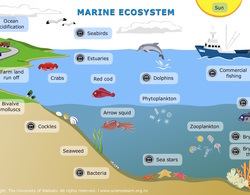
Explore this interactive diagram to learn more about life in the sea. Click on the different labels to view short video clips or images about different parts of the marine ecosystem. Select here ...
READ MORE
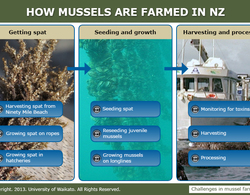
Green-lipped mussels are New Zealand’s major aquaculture species. In this interactive, Professor Andrew Jeffs (Leigh Marine Laboratory) describes the key stages in farming green-lipped mussels ...
READ MORE

Green-lipped mussels are New Zealand’s major aquaculture species. In this interactive, Professor Andrew Jeffs (Leigh Marine Laboratory) discusses some of the challenges faced by New Zealand’s ...
READ MORE